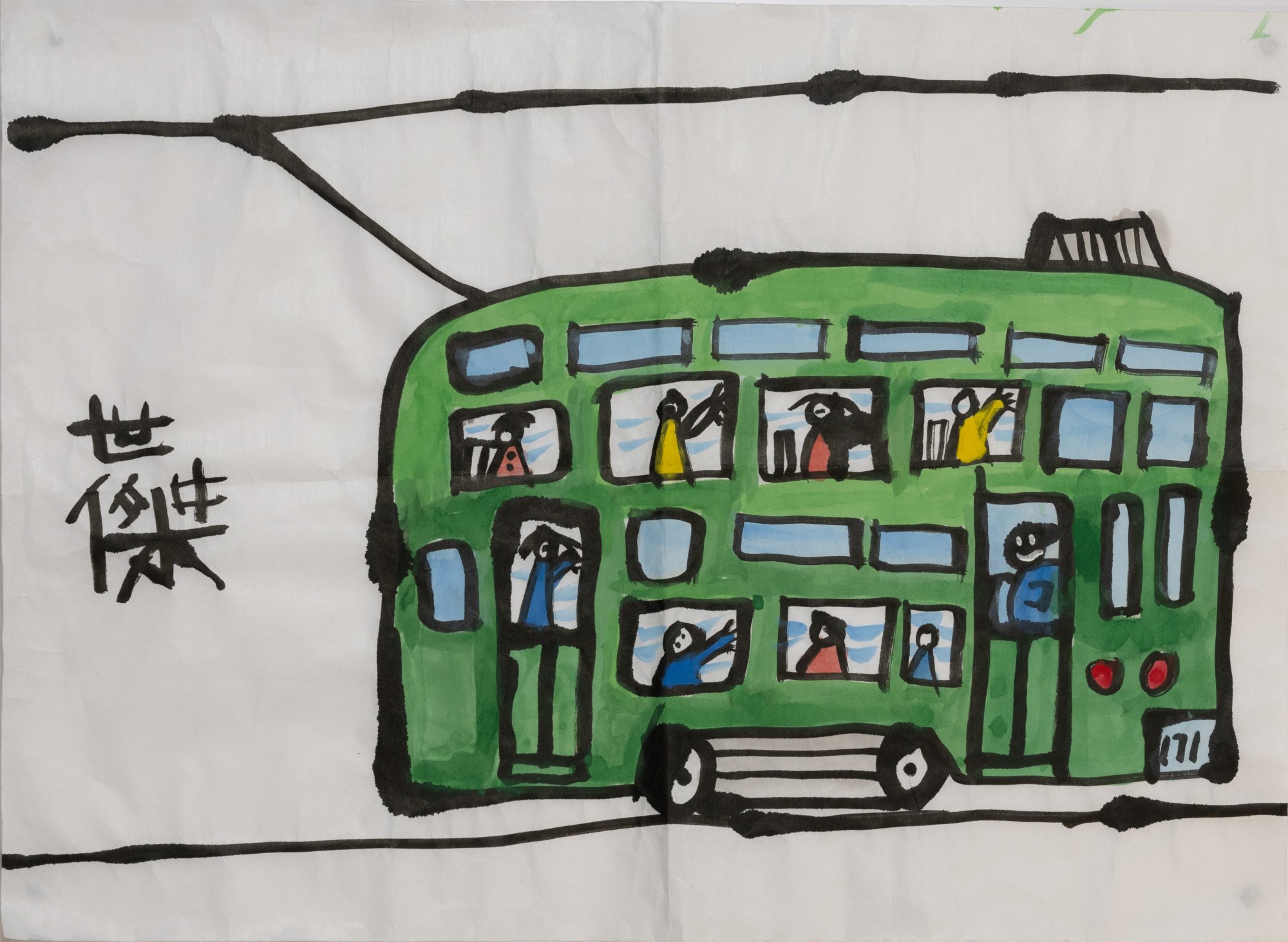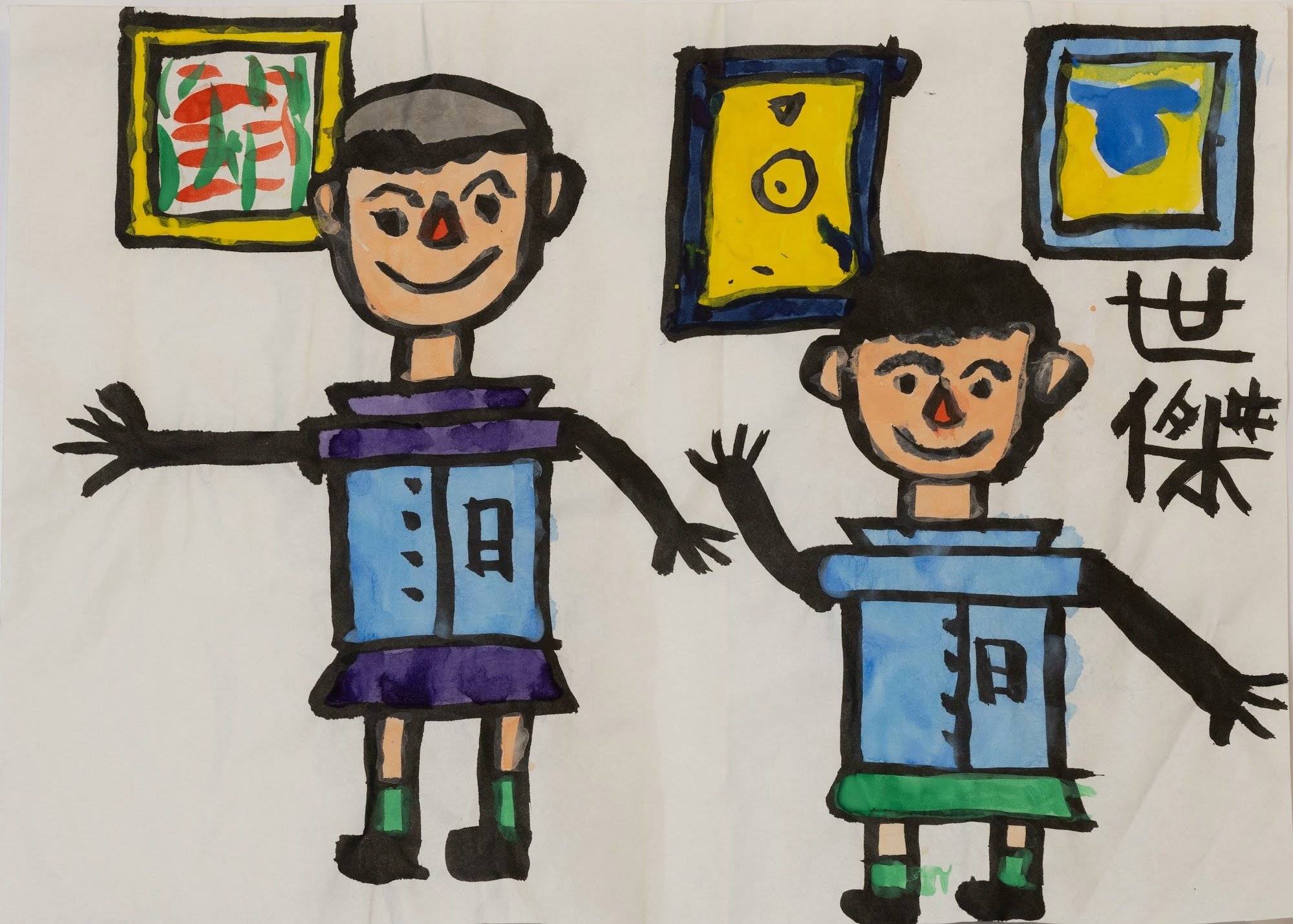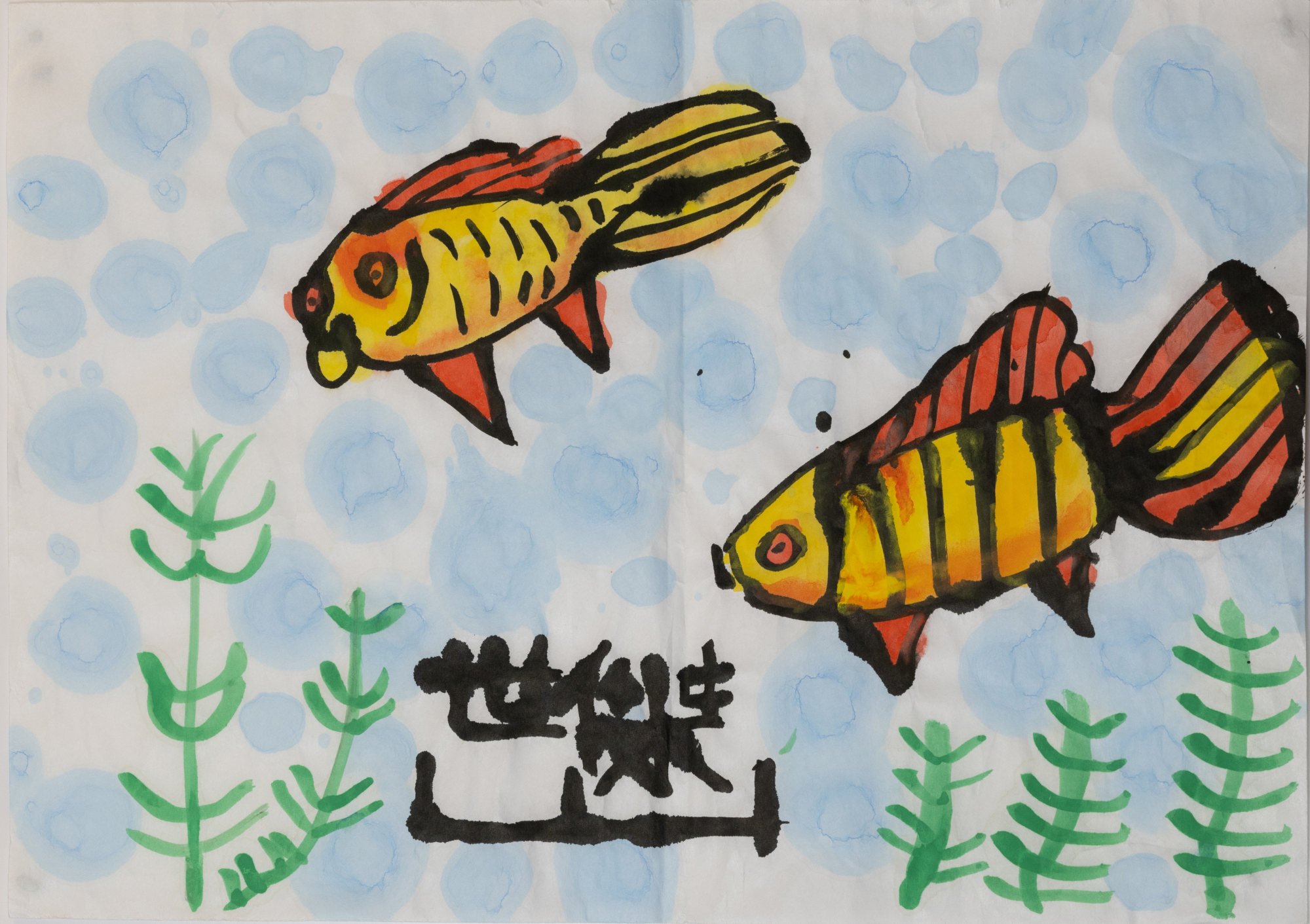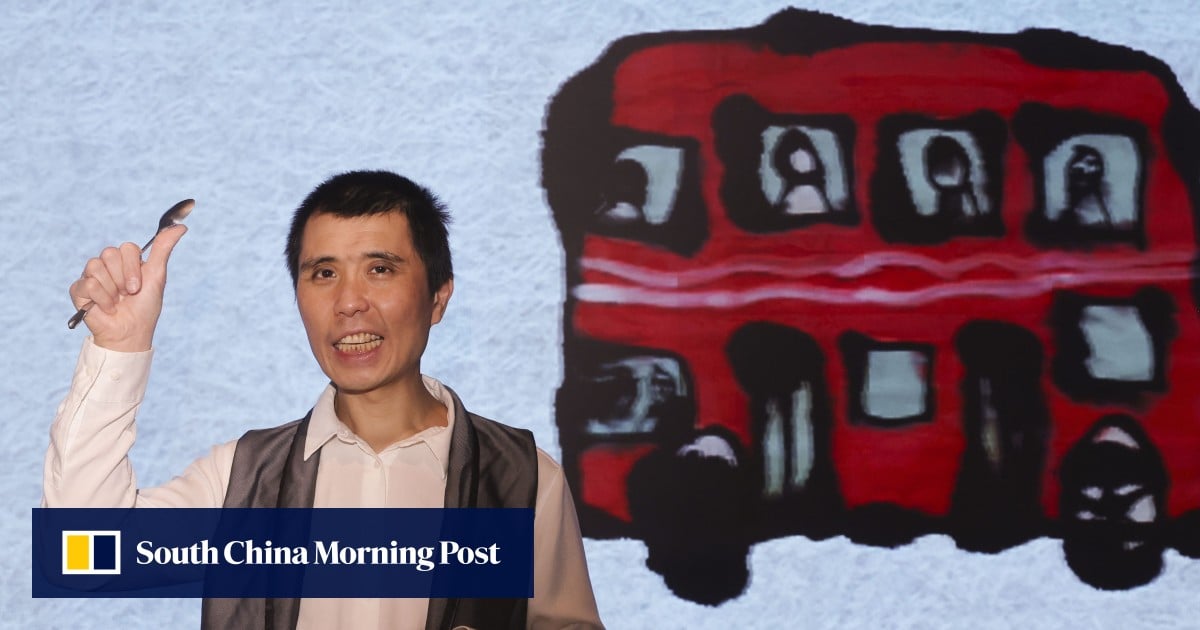“I feel happy when I paint,” says Wong, whose works are on show in “Art Beyond Boundaries” at The Park Lane Hong Kong hotel in Causeway Bay on Hong Kong Island until May 1.
The exhibition not only celebrates the hotel’s 50th anniversary – and its commitment to fostering community and cultural ties – but shows how artists can challenge and redefine boundaries.
Proceeds from the sale of Wong’s art will help support the charity’s work.
‘His lifeline’: how schizophrenic Hong Kong artist used creativity to cope
‘His lifeline’: how schizophrenic Hong Kong artist used creativity to cope
Wong’s creative journey started when his family enrolled him in art classes the NGO organised.
“I started creating art, using a spoon as a medium, under the guidance of an art instructor … I enjoyed it. I have more than 50 spoons,” says Wong, who also uses paintbrushes in his works. He held a solo exhibition in 2022.
Wong’s journey aligns with Fu Hong’s goals of promoting social inclusion and harnessing the potential of those with disabilities: its staff saw how spoons acted like keys that unlocked his creative potential.

“Recognising his need for visual stimulation, occupational therapists arranged sensory integration training for Sai-kit,” says Darren Wan, Fu Hong’s service unit manager, who is also Wong’s social worker and mentor. This training helps the brain recognise and respond to information the senses provide.
Now, whenever Wong gets upset, Fu Hong staff encourage him to use spoons to reflect light, which has a calming influence.
“Sai-kit’s emotions have become more stable, and he is more willing to express his needs, building good relationships with his peers and staff,” Wan says.

Staff have noticed significant changes in Wong’s behaviour and mood since he took up art. He used to be introverted and quiet and struggled to express himself, immersed in his own world, says Wan.
“Since he started painting, his daily life has become more enriching, with new interests and activities.”

“In the past, when Sai-kit felt unhappy, he would hit himself or punch a wall and make ‘moo moo’ sounds until he found a spoon,” Wan recalls.
Many behaviours, such as hitting oneself, are about self-regulation, says Hong Kong psychologist Bertie Wai.

The “moo moo” sound that Wong use to make, says Wai, is also about self-regulation. “People on the spectrum often find repetitive behaviour self-soothing,” Wai says, adding that it is important to find out what triggers extreme behaviour.
“Is the room they are in too bright, too noisy, too hot, too smelly, et cetera? Are they annoyed because they want something that’s not allowed? Is the tag in their shirt bothering them? Managing triggers is an important part of preventive measures,” Wai says.
For those on the spectrum, Wai says early intervention is key – and therapy is an important part of long-term management.

At the Park Lane Hong Kong exhibition space, Wong proudly shows off five spoons, including his favourite that his father gave him. They are more than just eating utensils: they are his tools, each with its own unique story.
“A staff member who took care of me for many years retired and gave me a spoon. My mentor and family have also given me spoons as gifts,” says Wong. He uses them to paint every day.
“I observe the world and paint what I see,” he says. That includes birds, flowers, trams and boats.
“My favourite thing to paint with a spoon is a goldfish. I use a spoon to dot the black eyes and paint its body in red,” he says. His favourite drawing is one of him and his father.

Wong also enjoys observing refracted light using a spoon.
“He will hold a spoon between his eyes and a light bulb, creating unique light and shadow effects through different rhythms and movements,” says Wan.
“The light and shadow effects created by the spoon not only bring Sai-kit a sense of peace but inspire his creative ideas.”

